PSA: The fine print you need to know about when flying with a bike in the United States
A deep dive into the details that can help stack the odds in your favour
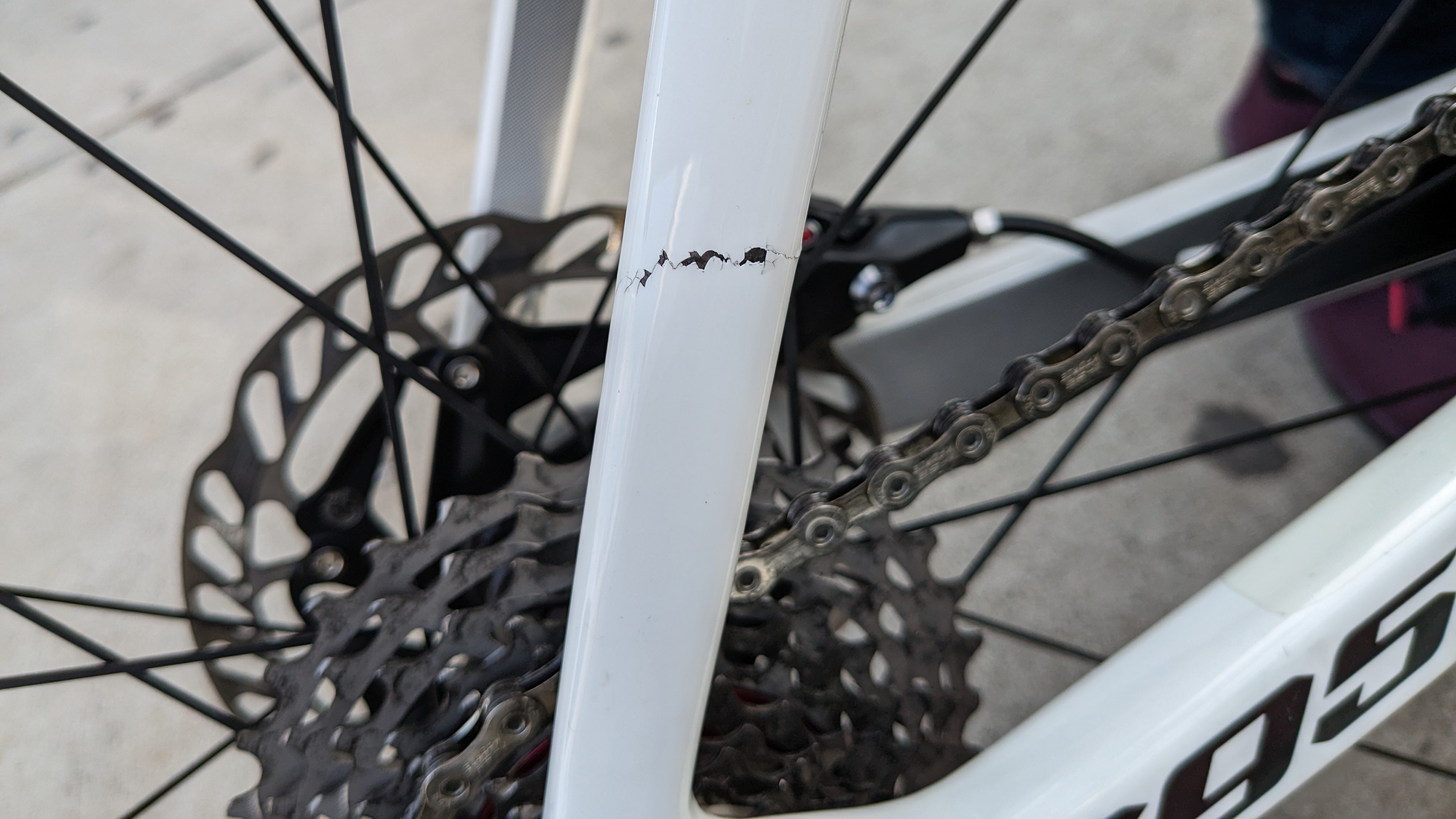
I've travelled with a bike a fair bit and I thought I had an understanding of how it worked. We've got a variety of options in our article about the best bike bags but my understanding was that there was a fairly basic arms race happening. On one side was the whole infrastructure involved in flying, in which at each step of the journey, someone was attempting to move your bike bag as quickly as possible with as little effort as possible and couldn't care much for the bike itself inside. On the other side, there was a whole industry of brands always looking for new ways to mitigate against damage by packaging bikes safely but also conveniently.
In the middle of these two sides is you and your bike. You care deeply about your bike but you also have to make real-world decisions. Airlines have gotten stricter about weight restrictions and bikes have gotten more integrated and harder to pack. Your itinerary once landing might also dictate your choice of bike bag. The bottom line though, there are reasons you might choose to fly with one bag vs another and the absolute best protection isn't always the deciding factor.
Unfortunately, no matter the bike bag you choose, sometimes things happen and you end up with a broken bike. Earlier this year, that happened to me.
I expected I'd then turn to the airline and eventually it would work itself out, but it turns out there is far more nuance in this part of the transaction than I understood. Much of this is out of your control and that's frustrating but there are also choices you can make, both ahead of time and in the event of an issue, that can stack the odds in your favour.
Every part of the world has unique airlines and unique rules. As someone who flies most often in the United States, that's where I focused my investigation. If you are flying outside of the US then you will want to check your local government and the details provided by the airline you are flying. The rules will be different.
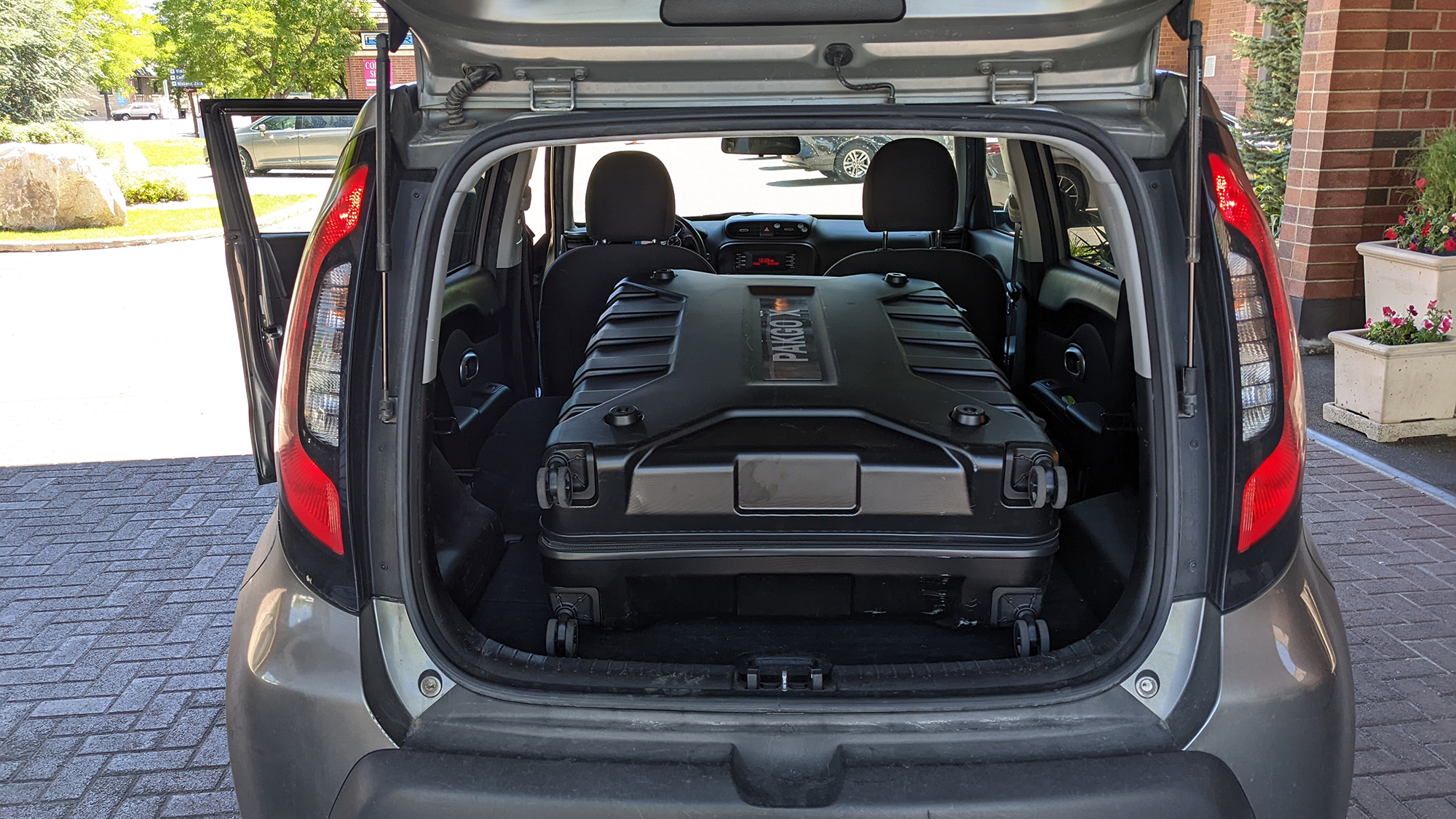
Airlines and the 'Contract of Carriage'
The crux of what we are discussing is what happens when your bike experiences damage during a flight. Bikes are luggage and when you hand your luggage to an airline, that airline is taking over the liability. If the airline loses or damages your luggage there is an expectation of compensation. What does that mean though?
It likely comes as no surprise that airlines have a detailed document that covers every aspect of how each brand handles luggage liability. The name for that is the 'Contract of Carriage' and every time you purchase a ticket to fly with the airline, you are agreeing to it. It doesn't matter if you haven't explicitly signed anything or even if you weren't the one that purchased the ticket.
Get The Leadout Newsletter
The latest race content, interviews, features, reviews and expert buying guides, direct to your inbox!
A good way of thinking about the contract of carriage is to imagine it as an insurance policy. If you have a bike damaged during a flight, you are essentially going to try and make a claim against an insurance policy. When it comes to making the claim, it might not be easy, but you have rights. The contract goes both ways and both parties are agreeing to it.
It's important to understand that aspect of the contract going both ways. As I researched this topic a lot of people told me that it was a fool's errand. I, obviously, disagree but more than that I believe if you understand your rights and enter into a situation with the correct awareness, it's easier to stay neutral.
The contract of carriage is a list of your rights. Understand what it says and you will understand your entitlement. With this knowledge, if there's an issue, you can demand exactly what is rightfully yours and not waste your time trying to get something you never will.
The contract of carriage is also an opportunity to make choices you feel good about. Every airline is different and before you take your next flight, with or without a bike, you should study the contract you are agreeing to. You might find that you'd rather pay a little more when one airline offers a better contract. If not, at least you are entering the situation with eyes wide open.
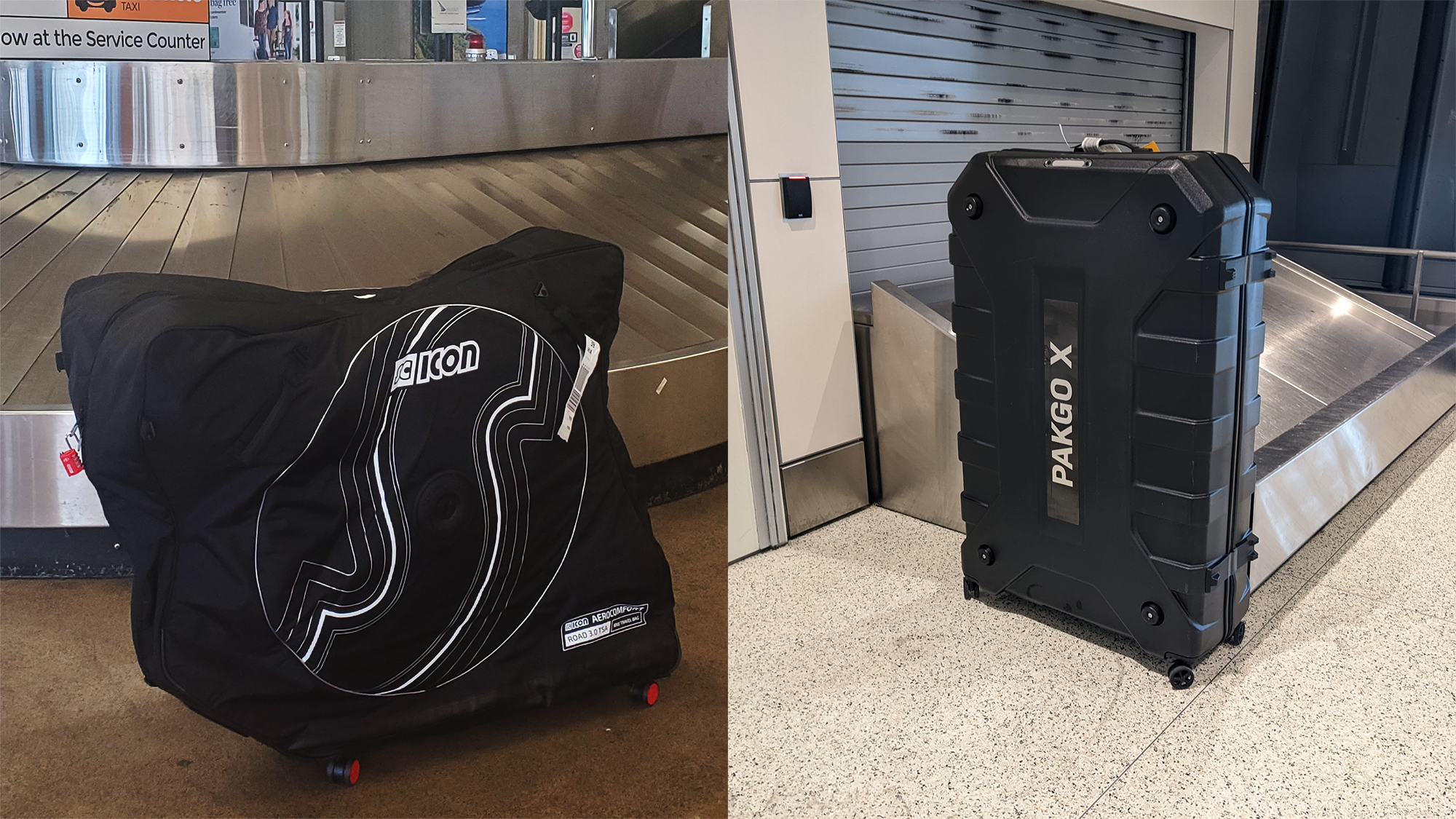
Commonalities in contracts of carriage
Every airline has a different contract of carriage. There will always be a section that pertains to bikes but the details you find in that section can be wildly different. There are some commonalities I found though.
To start with, you should always check your bike before leaving the airport. In most cases, you have a maximum of 24-hours to report damage. It's also a common requirement that you have to report it in person at the airport.
I talked to a number of people who may have had recourse for damage if only they'd known this. The outside of your bike bag might look completely fine. If you load it in a vehicle then head somewhere far from the airport you might be in a tough situation when you open your bag or case and find damage. It gets even harder, if not impossible, to do anything after 24 hours.
The best practice is to open your bike at the airport and check it very carefully. If there's damage, walk to the counter and tell someone. They will help you start the process. You likely will not reach any resolution at that moment but things will be in motion.
The second thing I found pretty common is the requirement to use a hard case. If that is a surprise to you, it was to me as well. There are tons of soft cases available, and we have options for soft cases on our list of best bike bags. Not only that but I've flown with soft cases plenty of times, as have others, and no airline has ever raised it as an issue.
It would seem like that's a disconnect, and in some ways it is. As mentioned above, you may need to choose a soft case because of something about your trip or your bike. In my case I needed to hand off my bike bag to a friend in a small car so a large hard case would not have worked. Whatever your reasons for choosing that soft case, when you roll it up to the ticket counter, it's likely no one will say anything about it.
The ticket counter, or TSA, agent isn't there to police how you carry your bike. The only exception I found to this was that Delta Airlines should ask you to sign a limited release form if the airline isn’t accepting liability.
With all that said, you might still choose a soft case for your situation. A good quality soft case might be enough to keep your bike safe and avoid this whole discussion. It's not a guarantee, but you might choose to take that risk because of outside considerations. Perhaps add your own bike insurance with a different policy and forget about any liability on the part of the airline.
It's also worth noting that the airline may still offer some kind of compensation even with a soft case. The airlines tend to be vague about this but sometimes it happens. It just means you have no bargaining power. You can ask for compensation and the airline can offer anything, leaving you to accept it or not.
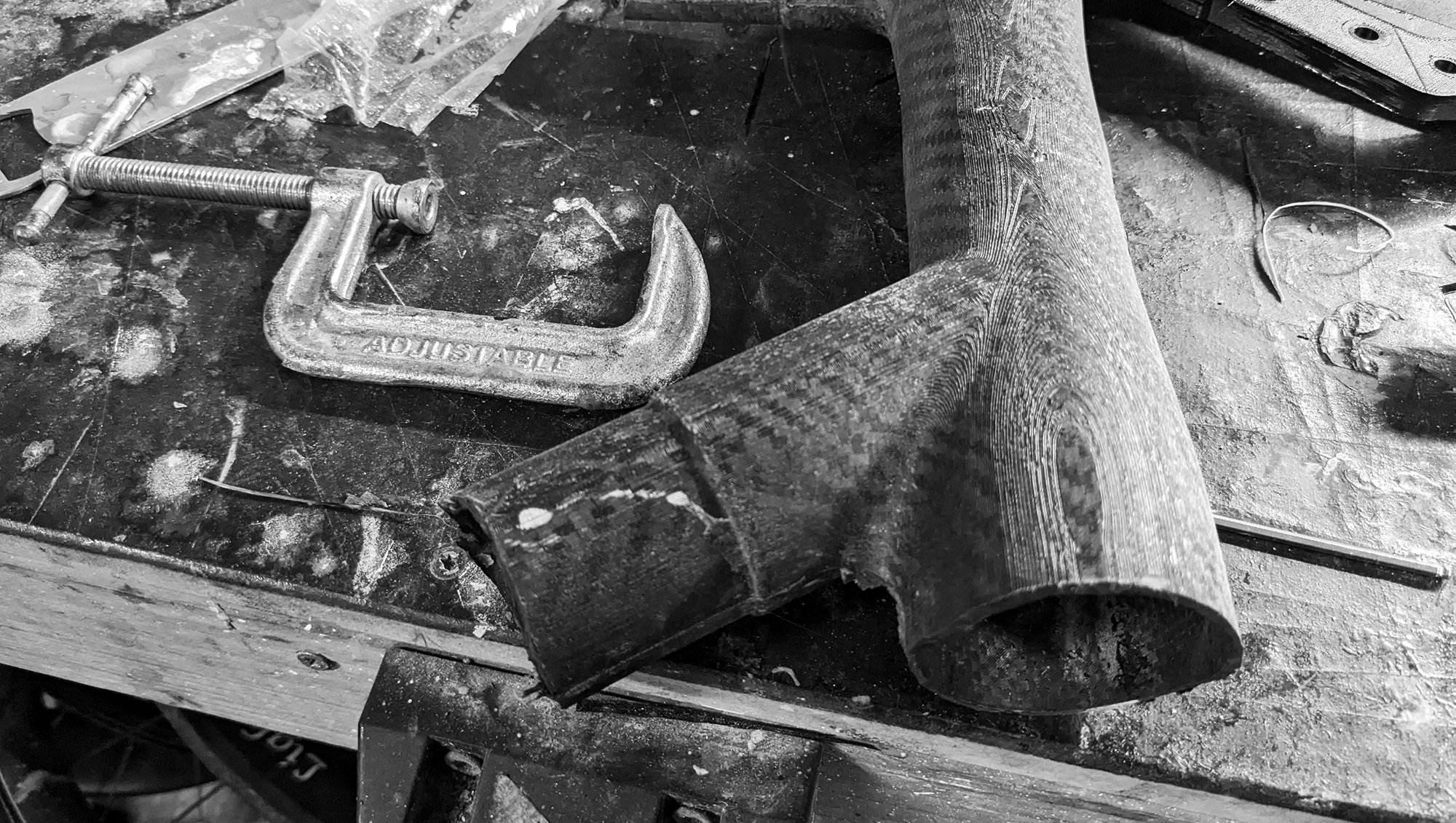
Not every airline accepts liability
There might be others but both Alaska and United airlines will accept a bike while at the same time do not accept any liability at all. It does not matter what happens to your bike, if the contract of carriage says the airline accepts no liability then that's it. Not only that but unless you read the contract of carriage, you'd have no indication that was the case. The ticket counter will accept your bike, you may even have to pay for the luggage, but if there's an issue there is no acceptance of liability.
Obviously this is a big deal so I double checked it. Although there may be other airlines where this comes up, Ray Lane, spokesperson for Alaska Air told me "Bikes are considered excluded from liability as they are fragile, so checking it is at the guest’s own risk." While United Airlines' Media Relations referred me to a special website with details about travelling with sports equipment. You can find info about how to pack a bike however below the details for each sport, there is a sports equipment policy that states "We aren’t liable for damage to sports equipment."
I also checked with the US Department of Transportation about this policy. DOT is the agency responsible for enforcing regulations in a situation like that and I asked "Does DOT consider this policy valid?" The response came from the DOT press office saying, “DOT does require airlines to repair or reimburse passengers should an item accepted for transport by an airline be damaged while it is under the airline’s control and for domestic travel, liability for the item is not excluded in the airline’s contract of carriage. For domestic flights, the baggage liability limit is currently $3,800. For most international flights, the Montreal Convention baggage liability limit applies, which currently is 1,288 Special Drawing Rights (approximately $1,700). DOT’s Office of Aviation Consumer Protection would consider it to be an unfair and deceptive practice if an airline were to refuse to repair or reimburse a passenger for an item that was damaged while in the airline’s care if the item was not excluded in the carrier’s contract of carriage and the passenger followed the airline’s special packaging requirements. DOT doesn’t regulate the special packaging requirements that airlines may impose for special items or sporting equipment such as bicycles.”
That sounds like according to the DOT, what airlines are doing is okay but given how specific that kind of legal language is, I followed up. I wanted to be completely clear and asked, "Is it legal for an airline to accept luggage while also claiming no liability for damage in any situation?" DOT responded by saying, "Airlines often exclude liability for certain categories of items (for example: fragile items, electronics, cash, perishable items, other valuables, etc.). These exclusions are typically listed in the airlines’ contracts of carriage. For domestic travel, airlines are not required to compensate passengers for items they have excluded in their contracts of carriage."
That's still not quite the end of the story though. Even airlines that do not accept liability for a bike may still provide compensation. If you fly an airline with a policy like that, you should still make a claim. United stated "We evaluate these instances on a case-by-case basis, taking into consideration any outstanding factors as a potential opportunity to provide goodwill compensation." Alaska also has a similar stance. In both cases, it's like flying with a soft case. The airline might decide to offer compensation but you have no ability to negotiate. There is no guarantee in the contract of carriage so you are at the mercy of whoever reviews the case.
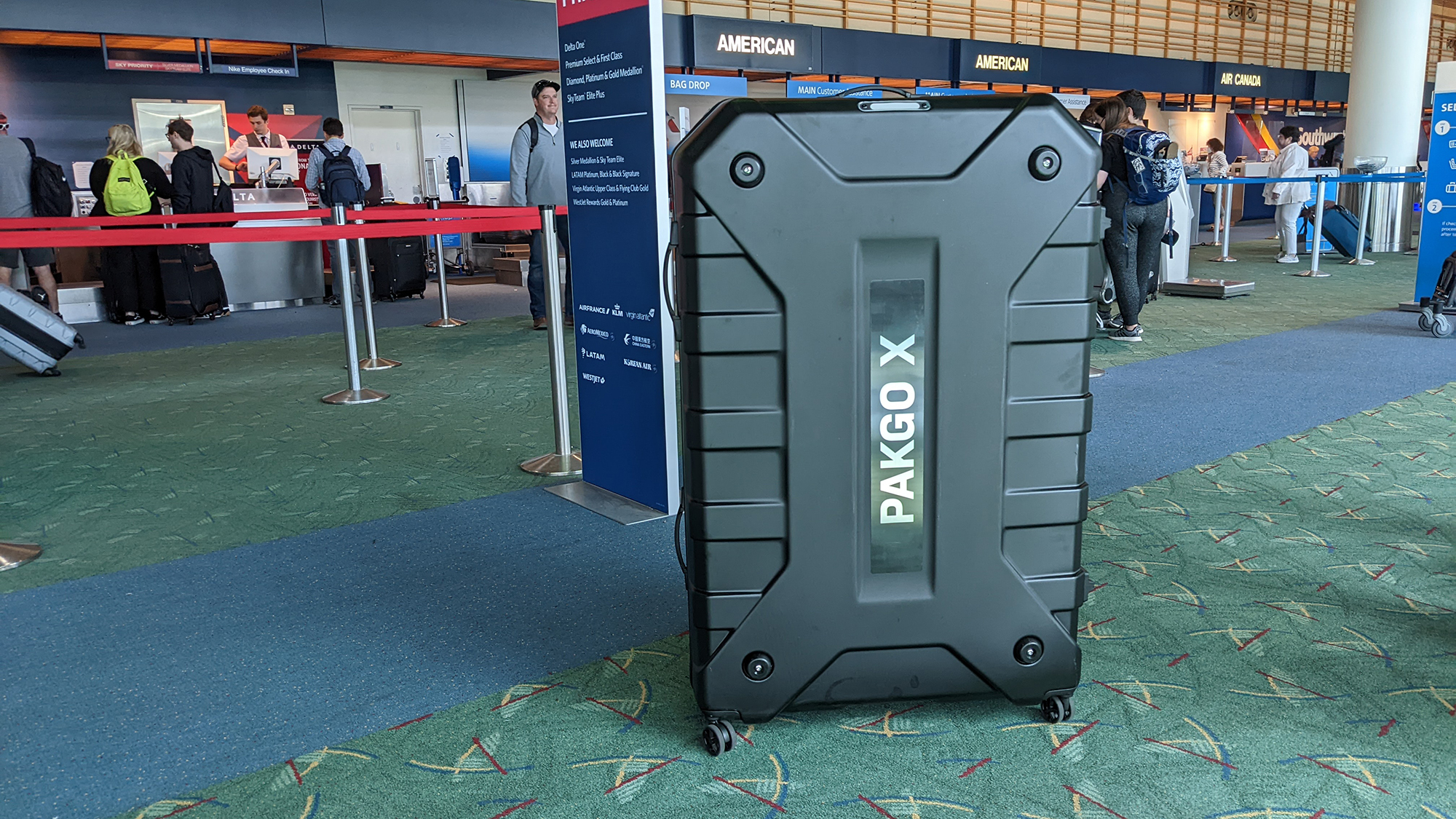
Max liability
Even if you've followed all the rules and an airline has accepted liability, there are limits. The response from DOT states "For domestic flights, the baggage liability limit is currently $3,800." So it probably shouldn't come as a surprise to find that every airline limits liability to that number and it’s lowered to the max required $1,700 for international flights. Some airlines do have an option to pay for additional liability but that is subject to a new section of limitations and you will want to, again, read carefully to see if it's worth it.
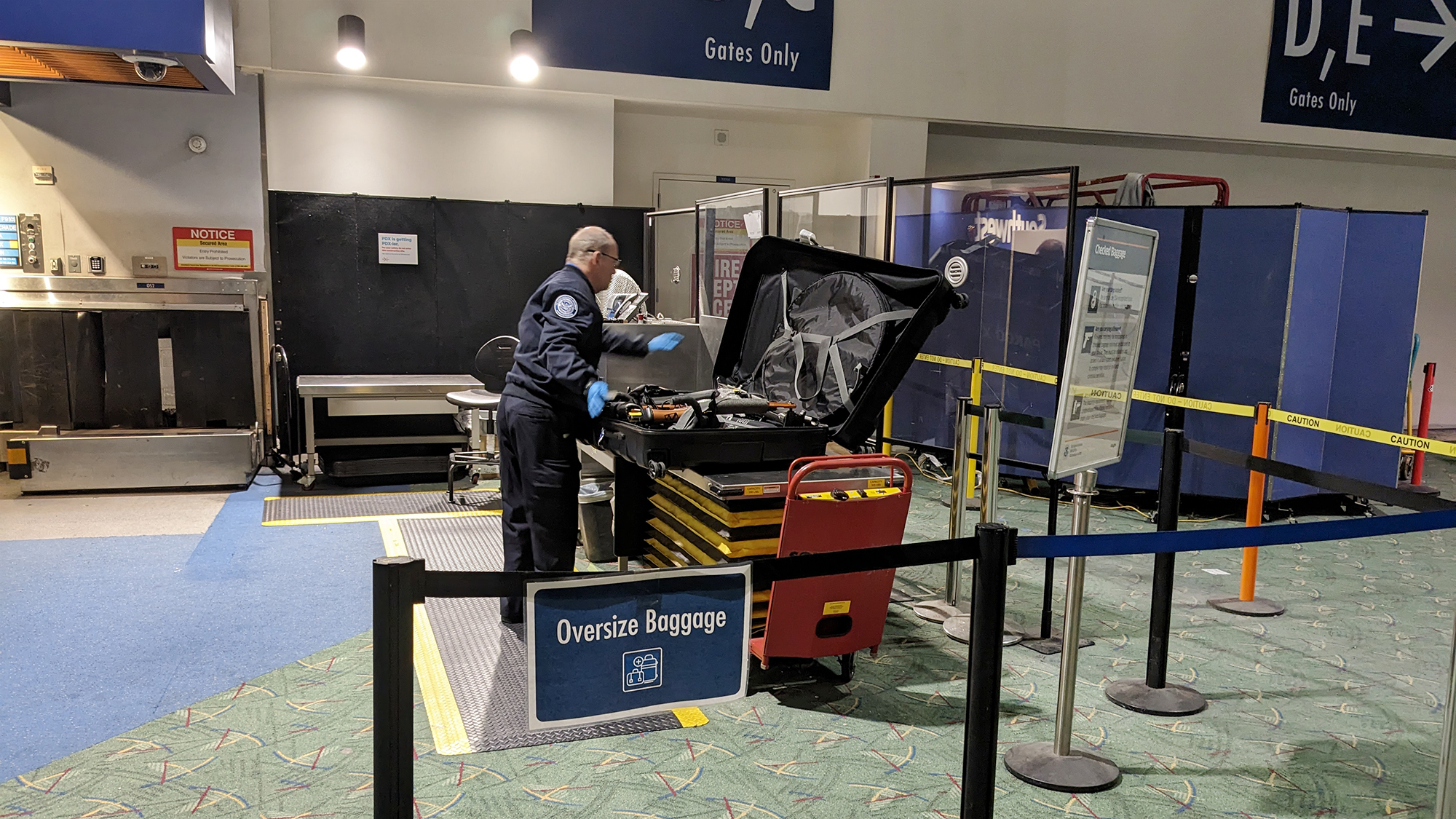
What about the TSA?
In the US when you hand over your bike to the airline, employees of that company are not the only ones to touch it. One of the reasons flying with a bike can get complicated is that in most situations it becomes oversized baggage. Oversized baggage is too large to fit through the automated scanners and that means the TSA (Transportation Security Administration) will need to hand check your luggage. The only time this might not be true is when using an Orucase product and travelling through certain airports with larger scanners. Unless you know for sure, expect the TSA to open your bag.
As with any part of the process, when the TSA opens your bag, there is potential for damage. The problem for passengers is that airlines will not cover damage that might happen while in the care of the TSA. That time while the TSA is in control of your bag is a completely different situation from the rest of this discussion but you don't have any additional control. This introduces a complication when you hand your bike to the ticket counter agent and it comes out the other side damaged. You have no way of knowing who damaged it and now you have to figure it out.
To help you figure out that puzzle, I spoke with Sean Harbaugh. Harbaugh is a supervisory TSA officer at Sacramento International Airport with 20 years of experience and he ended up getting pulled off the floor and into my interview. His advice when you do have a problem: save everything and act fast.
When a bike goes through a hand check it is always on video. Like any security video though, that doesn't stick around forever. The tricky thing is that if you wait for the airline to come back to you and say it was the TSA, you will likely be too late. Instead, if you have any reason to believe the TSA might be the source of damage, file a claim immediately. You will also want to save any tags that are on the luggage or placed inside of it.
Harbaugh also had some advice for making the TSA job easier which is worth consideration. The basic outline was that the more complicated your case and packing, the more potential for damage. Highly specific moulded cases are bomb proof but difficult to pack and Harbaugh advised against them. Instead, he said that soft cases are the easiest to screen. Keep in mind though, that puts you in a position to choose something easier for the TSA but excluded from liability.
The one big takeaway Harbaugh shared, which impacts a lot of people, is to avoid packing extra things in your bike case. It's common practice to recommend that travellers pack all kinds of clothes into the same luggage as a bike. It's something almost everyone I talked to said they did and yet, it's not recommended by the TSA. While it may help pad the bike, Harbaugh was quite clear that it makes things much more difficult for TSA agents.
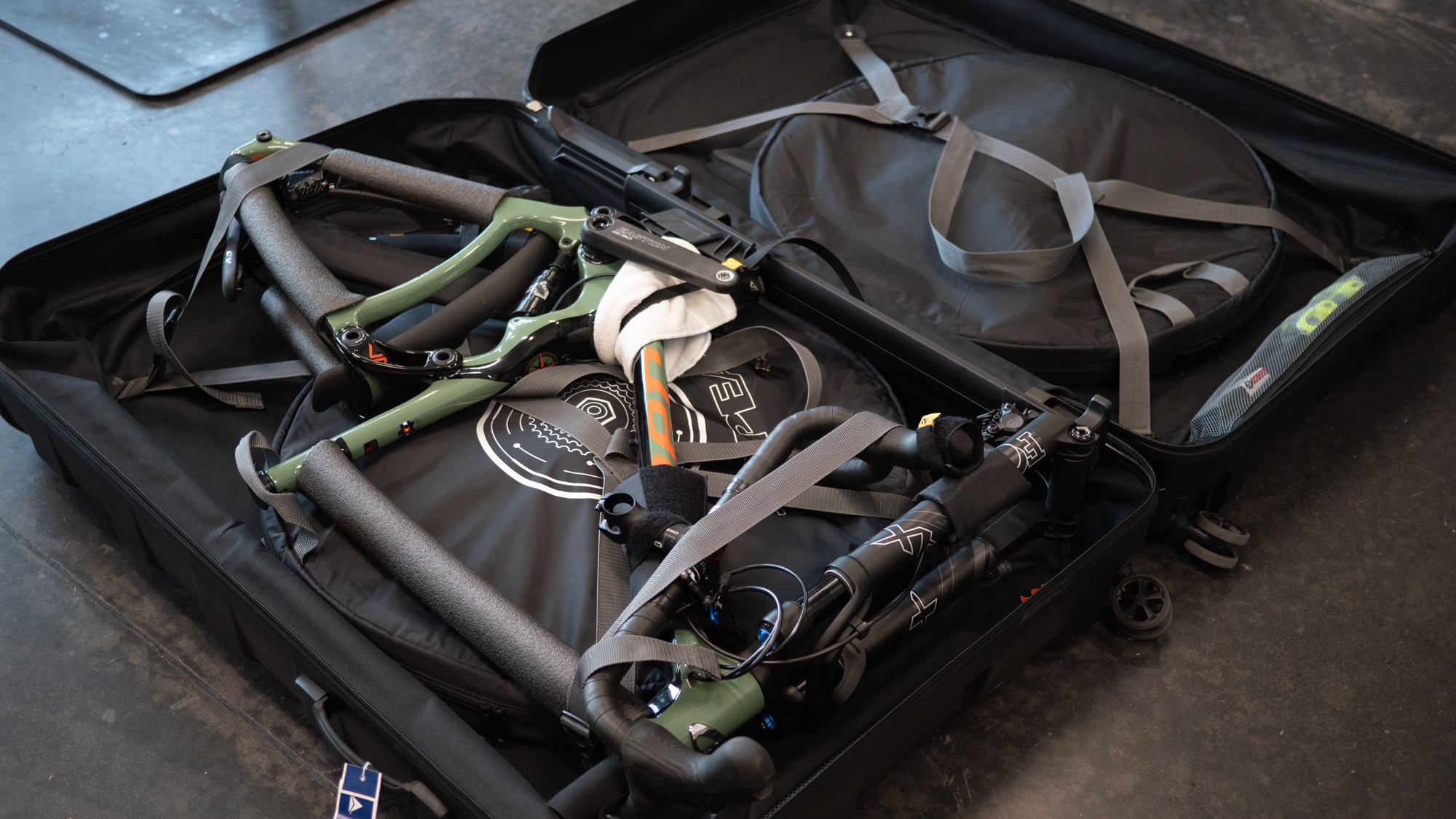
The choices I plan to make next time I fly with a bike
This article started because I flew from Portland to Los Angeles with a plan to ride from LA to the Sea Otter trade show in Monterey, California. When I got off my Alaska airlines flight, my bike was unrideable. I had a cracked seat stay on a bike I was planning to ride 400 miles starting the next morning and I had to figure out what to do. The adventure of Chance Circumstances, kindness, and a broken frame: A story of riding through central California was only the beginning though. Once I got home, I had to navigate a whole new adventure to figure out what was going to happen with my bike.
I'd done some things right, like reporting the issue immediately, but my expectations about the next steps weren't realistic. As I navigated what was possible, it became very clear that I might want to make different choices in the future. It also became clear that I'm not the only one who didn't know all the details. With the information I now have, here’s what I plan to do next time.
Before I get to the airport, I'm going to spend some time being very specific about which airline I fly. The Delta contract of carriage covers a bike in a hard case up to $3,800 and there's an additional check. If the bag you are flying with doesn't meet the requirements, "A limited liability release form must be signed by the passenger in the case that the bike is not properly packed." I don't know for sure that's a guarantee but it does add some peace of mind so Delta is high on my list.
When I'm packing my bike I'll be using a hard case if at all possible. I've had success with soft cases but if there's an issue, there's no liability and it interrupts whatever plans I have. Right now my favourite case is the Topeak Pakgo X which is easy for TSA to check but lacks any complicated packing criteria. Unfortunately it won't work for a fully integrated bike.
That means right now I might travel more with my Salsa Warbird gravel bike. That bike lacks internal routing and I can get the bar and stem off while I will continue to look for the magic solution for fully integrated bikes. Ultimately that might mean a soft bag but right now it's unclear.
Anything I can get out of the bike bag, I will. That even means bike specific things like tools which I've sometimes opted to keep near my bike. I'll also continue to follow my own list of six things I’ve learned while travelling with a bike.
Once I get to the airport things will change less. At Portland International Airport, I'm able to watch the TSA handle my bike. I've always done it in the past and I plan to continue to do so. I've always also checked my bike when landing anyway so I'll continue to do that but I will now look even more closely.
None of this provides any guarantees, but my hope is to set myself up for success. Not only from the point of view of protecting my bike but also making sure I don't make any mistakes when booking my ticket or after I land. I want to keep bringing you stories about adventures around the world and I need to keep my bikes in one piece to do that.
Josh hails from the Pacific Northwest of the United States but would prefer riding through the desert than the rain. He will happily talk for hours about the minutiae of cycling tech but also has an understanding that most people just want things to work. He is a road cyclist at heart and doesn't care much if those roads are paved, dirt, or digital. Although he rarely races, if you ask him to ride from sunrise to sunset the answer will be yes. Height: 5'9" Weight: 140 lb. Rides: Salsa Warbird, Cannondale CAAD9, Enve Melee, Look 795 Blade RS, Priority Continuum Onyx
